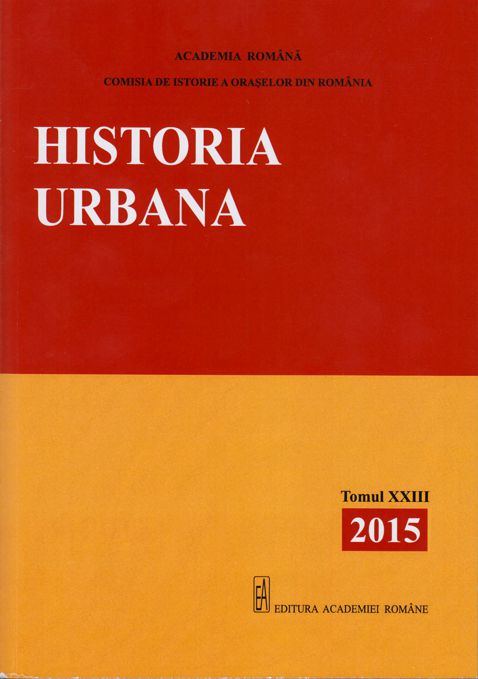O rememorare a originilor rurale ale orașului Câmpulung Muscel: monumentul dedicat lui Negru Vodă
A remember of Câmpulung Muscel’s rural origins: the Negru Vodă monument
Author(s): Carmen OprescuSubject(s): History, Local History / Microhistory
Published by: Editura Academiei Române
Keywords: Câmpulung Muscel; topography of the town; Negru Vodă; Radu Negru Basarab; monument; Dimitrie D. Mirea; Al. Săvulescu; Otto Ulbricht; Albesti stone; mentalities;
Summary/Abstract: One of the hypotheses regarding the origins of Câmpulung Muscel is that the town was, at the beginning, one of the Romanian Villages pertaining to the Muscel area. An old Romanian organizational form ensured certain rights over the estate located within a town. These rights were ensured to the successors of those who had received the land from the legendary ruler of the medieval state of Țara Romaneasca. The ruler’s name, known from the 17th – 18th centuries’ chronicles was Negru Vodă or Radu Negru Basarab. The same name was also found in the 19th century Romanian historiography. In 1893, the successors of the families having inherited admi¬nistrative rights over the Câmpulung estate decided to build a monument to honor the memory of Radu Negru Basarab, which was inaugurated in 1898. The monument was designed by the architects Otto Ulbricht and Al. Săvulescu and sculptured by Dimitrie D. Mirea. The documents which are analyzed describe the way the monument’s preservation was handled by the successors of the initial Câmpulung administration.According to these documents, the overall work cost, the stone (socle) and bronze (the bust and four plates fixed on the socle) made in Albesti, was up to 8 800 lei, out of which around 3 000 lei were collected by the inhabitants from donations, balls, tombola and public collection. Information about the town’s topography, about the people involved in the above mentioned activities and the specific Romanian mentalities towards the end of the 19th century were pointed out.
Journal: Historia Urbana
- Issue Year: XXIII/2015
- Issue No: 23
- Page Range: 89-102
- Page Count: 14
- Language: Romanian
- Content File-PDF

